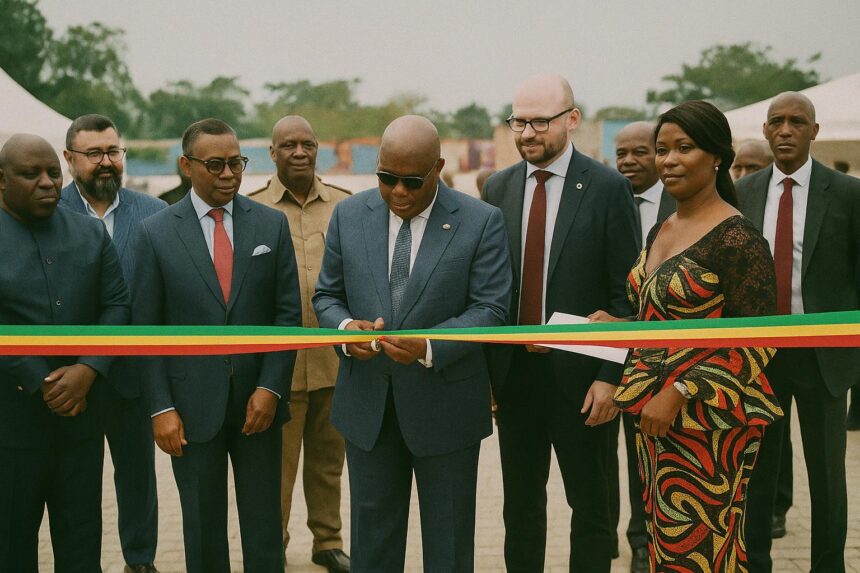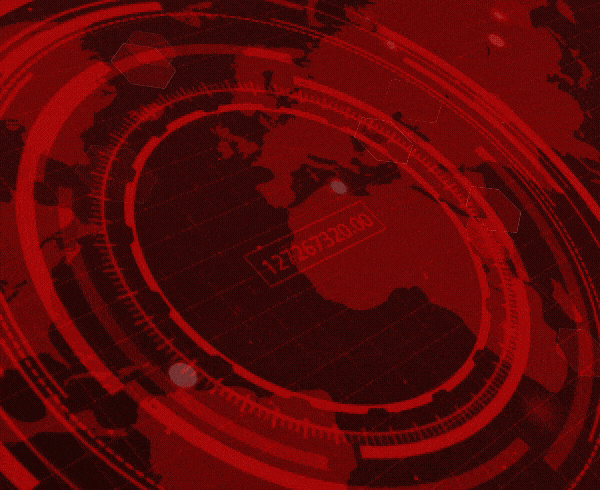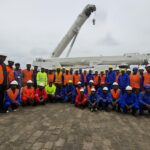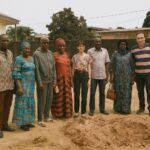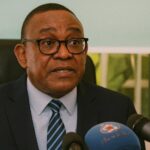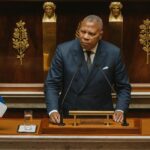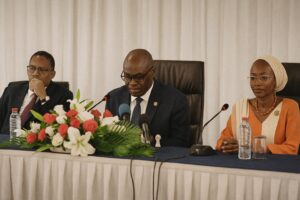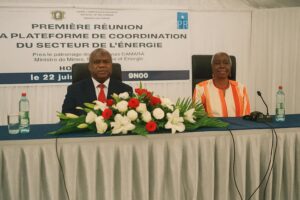Ceremonial hand-over signals logistical watershed
In late July, beneath the subdued canopy of Brazzaville’s dry season, Minister of Energy and Hydraulics Émile Ouosso presided over a restrained yet symbolically charged ceremony marking the provisional reception of two specialised storage compounds dedicated to the national transmission network. His counterpart responsible for Sanitation, Juste Désiré Mondelé, joined him, underscoring the cross-sectoral relevance of the initiative. For the public utility Énergie électrique du Congo (E2C), the new facilities constitute a decisive logistical lever, designed to accelerate the deployment of replacement transformers and other high-value components whenever the grid falters.
- Ceremonial hand-over signals logistical watershed
- French concessional credit undergirds the build
- Twin sites echo the country’s geographic duality
- 110 kV backbone undergoes concurrent overhaul
- Governance, not concrete, seen as critical variable
- Regional diplomacy frames future power exchanges
- Measured optimism accompanies grid resilience vision
French concessional credit undergirds the build
The project’s 2.54 billion CFA franc price tag is drawn from a broader 70 million-euro sovereign loan negotiated with the Agence française de développement in 2015, a line of credit that has become the backbone of Brazzaville’s priority investment programme for the power sector (AFD 2023 release). That envelope, originally scheduled to close in April 2023 but now extended to 2027, finances 25 distinct contracts spanning engineering studies, equipment procurement and civil works. Central BTP, a regional contractor with a track record on hydropower auxiliaries, executed the warehouses in 15 months, a timetable that local observers view as disciplined by regional standards.
Twin sites echo the country’s geographic duality
The first compound, anchored in Itatolo in Brazzaville’s fast-growing Djiri arrondissement, straddles more than one thousand square metres and is earmarked for large transformers feeding the Brazzaville–Pool–Plateaux–Cuvette-Ouest and Sangha corridors. A second, slightly smaller hangar in Mongo-Kamba II, Pointe-Noire, will secure spare parts for the Kouilou, Bouenza and Niari grids. By mirroring the nation’s political and economic poles, the authorities hope to mitigate the perennial east-west logistics lag that has long plagued emergency maintenance crews.
110 kV backbone undergoes concurrent overhaul
Running in parallel is the full rehabilitation of the 110 kV Moukoukoulou-Mindouli line, a legacy asset that once channelled hydropower from the Niari valley toward the capital. Sector specialists argue that reinforcing this spine will enhance frequency stability and reduce the costly recourse to diesel generators in urban load centres (International Energy Agency 2022 data). According to Maurizio Cascioli, AFD’s country director, the line upgrade, together with the new storage capacity, forms a ‘synergistic suite’ of interventions aimed at restoring investor confidence in Congo’s electricity value chain.
Governance, not concrete, seen as critical variable
While congratulating the contractors, E2C director-general André Bruno Danga Adou issued a pointed reminder that infrastructure without custodianship quickly depreciates. He appealed to surrounding communities to resist vandalism and metal theft, infractions that have cost the utility millions in recent years. Inside government, the Directorate for Studies and Planning is finalising a computerized inventory system that will track each spare part from warehouse arrival to field installation, an exercise intended to buttress transparency in line with recommendations from the African Development Bank’s 2021 diagnostic.
Regional diplomacy frames future power exchanges
Brazzaville’s warehousing strategy carries implications beyond national borders. With the Central African Power Pool revisiting interconnection protocols, Congo’s ability to guarantee timely maintenance is increasingly scrutinised by neighbours eyeing reciprocal energy flows. Senior officials hint that the new stockpiles could support emergent transit agreements with Gabon and the Democratic Republic of Congo, once bilateral technical standards are harmonised. Such prospects illustrate how an ostensibly mundane set of hangars can ripple through regional diplomacy, climate commitments and industrial policy.
Measured optimism accompanies grid resilience vision
To seasoned observers, the warehouses do not represent a panacea; yet they symbolise an inflection point in the state’s calibrated modernisation of a sector often portrayed as vulnerable. By converting concessional debt into concrete assets that remedy supply-chain fragility, the Congolese authorities signal an incremental but discernible shift toward preventive maintenance, asset management and cross-border cooperation. In the measured words of a senior diplomat accredited to Brazzaville, the development is ‘less a revolution than a prudent insurance policy against the next outage,’ an assessment that neatly captures the project’s quiet but strategic significance.

